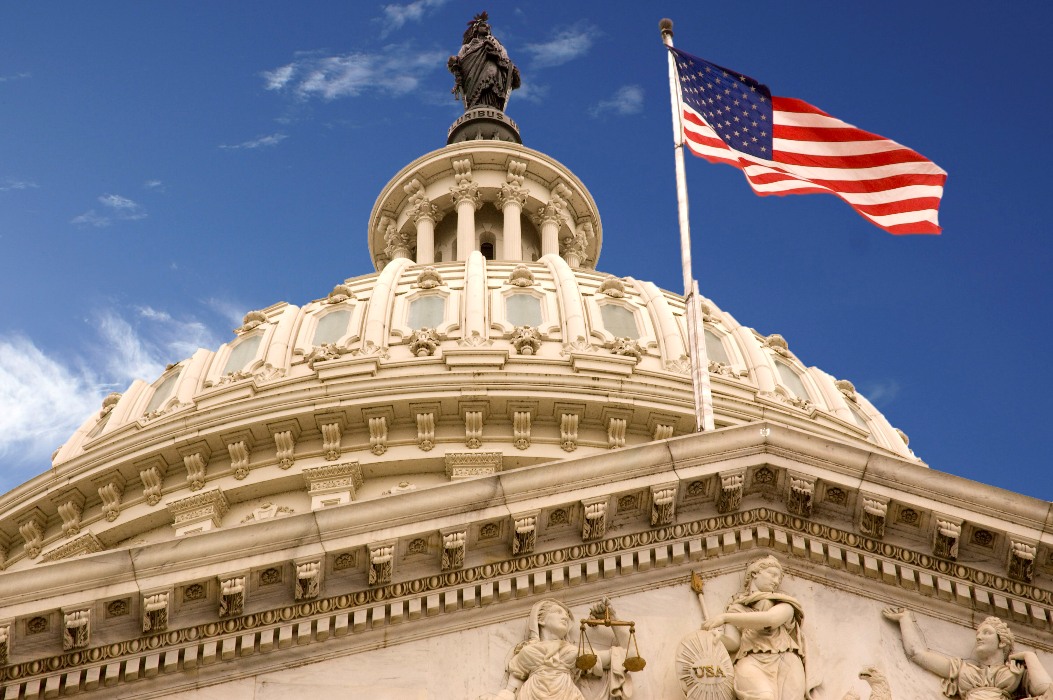
This website uses cookies so that we can provide you with the best user experience possible. Cookie information is stored in your browser and performs functions such as recognising you when you return to our website and helping our team to understand which sections of the website you find most interesting and useful.











4 Comments. Leave new
Hi.. I have a question. If an epmloyee, is the BIR form 2316 required to have a stamped from BIR? Thank you.
Really sucks that our passport is so weak, but there’s always that feeling of satisfaction when you get your visa. Haha! I never realized how great it is to have multiple entry visas until I got granted one and I got to use it and not have to get more! (I’m also visiting Japan again, but Osaka this time, can’t wait!)
Hi Aleah,
Well done on that US multiple entry visa. Tough to get into America these days and has been for a long, long time. I knew many folks from your land who got jobs in the US. Especially nurses, whom I met with my mom being a nurse in NJ for 3 decades. Good deal. Japan is definitely on my travel list too.
Ryan
i hope and pray that one day, Japan would not require us Filipinos for a visa to visit their wonderful country.